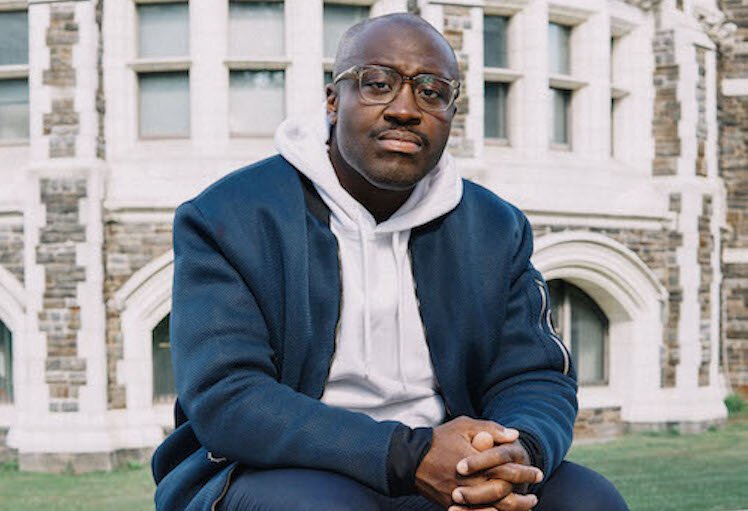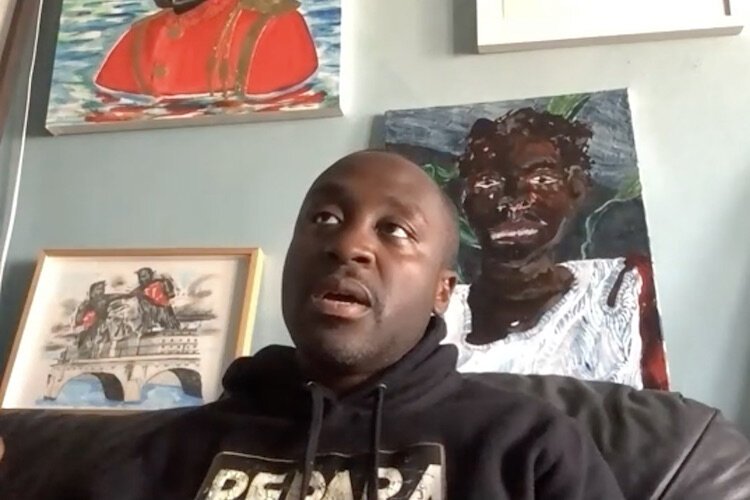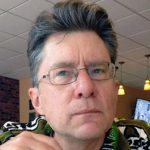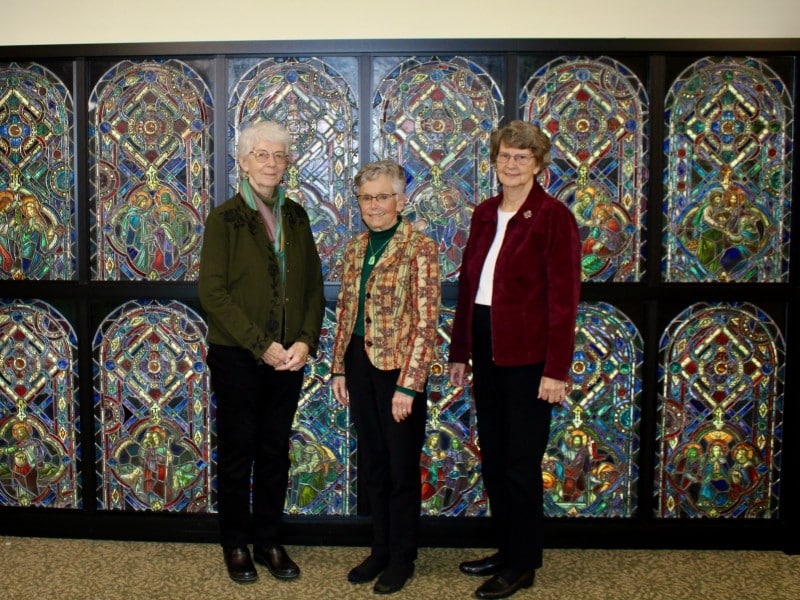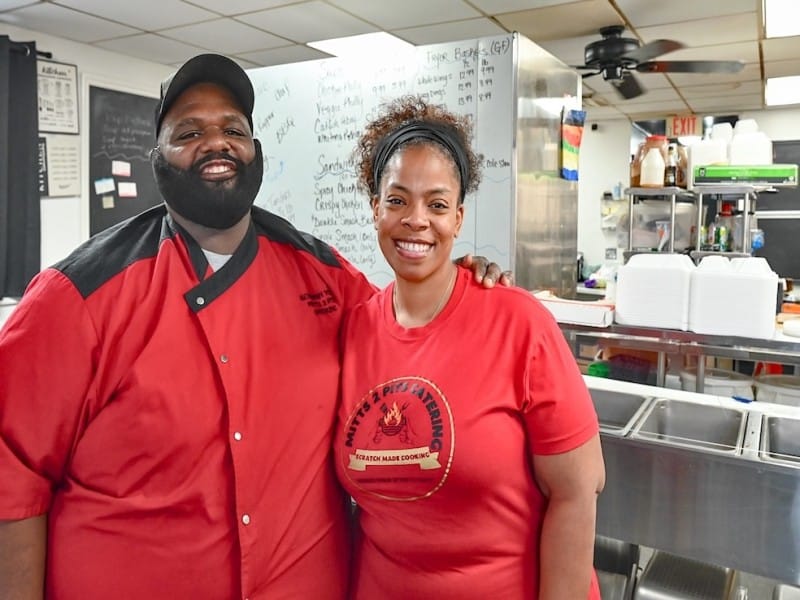Regional Area Show juror excited about KIA’s work on different ways to engage various audiences
This year's juror for the Kalamazoo Institute of Arts regional Area Show, Larry Ossei-Mensah, has developed an eye for art by people who might not have the elite connections or other privilege that could lead to a successful career in art.
From quilts to NFTs, Larry Ossei-Mensah keeps himself open to artistic expression.
The New York City curator was born in Harlem to parents from Ghana and raised in the Bronx. He’s self-taught in the art world and has developed an eye for art by people who might not have the elite connections or other privilege that could lead to a successful career in art.
Ossei-Mensah, in a Zoom with Second Wave, says he recently met “a 53-year-old nurse, he’s been painting and really wants to commit (to his art)… For me, that’s exciting because, you’re living your life, you’re taking care of your priorities, but still are finding space to nurture this passion you have.”
He thinks of another artist, who earns a living working in a law office. “He goes to the studio from 8 a.m. to 10 a.m., goes to work, and after work goes back to the studio from 6 p.m. to 8 p.m. That’s like a majority of artists,” Ossei-Mensah says.
“You’re blessed if you can create something and make a full-time living off of it. For me, my curatorial practice, the first half of it I had a job. It wasn’t until 2015 that I started curating full-time. So I know this journey.
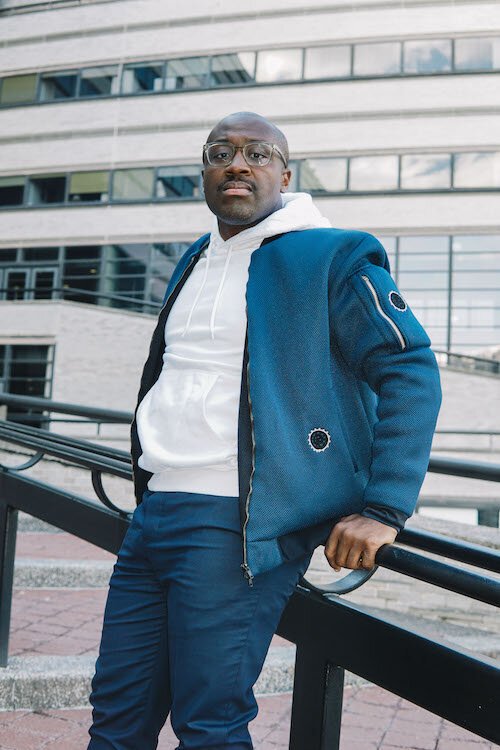
“Therefore, it’s personally important for me to survey the landscape the best I can, and help celebrate the voices that are offering us something unique and exciting.”
His work to find and bring new visions to art led Ossei-Mensah to co-found ARTNOIR, a group working for inclusivity in the arts.
The Kalamazoo Institute of Arts wanted Ossei-Mensah as their juror for the West Michigan Area Show ever since he became curator for MOCAD in Detroit, says Katherine Ransbottom, associate curator at the KIA. Though he’s moved back to NYC, the new era of digital meetings made his involvement possible.
We spoke with Ossei-Mensah on a wide range of topics, condensed below:
Recharge in West Africa
Ossei-Mensah had just returned from a month in Ghana, Senegal, and Cape Verde.
“It was good because I could recharge, clear my head, I’m not immersed in a lot of the distractions that are in the news. It allows me to come back and evaluate things with a lot more clarity. Because, with the internet plus regular news, you’re just inundated with so much information, and it’s hard to decipher, like, what’s what,” he says.
This was his second recent break from the internet and U.S. news, a break that he felt compelled to take again — “I had spent a month during the holidays in Ghana, and then coming back and seeing what happened at the Capitol (Jan. 6 insurrection), I was just like, man, let me just be away, be someplace warm!”
He adds that, before, during, and after traveling, he’s doing “an inordinate amount of testing (for COVID-19). I’ve probably done about five tests in the last two weeks.”
‘Maintaining a core white art audience’ in Indianapolis
In February, the Indianapolis Museum of Art made national news with a job posting for a director who would attract a more diverse audience “while maintaining the Museum’s traditional, core, white art audience.”
“I was talking to a friend, and he said, ‘At least they were honest!'” Ossei-Mensah says, laughing.
“I think it’s indicative of the challenges that a lot of institutions have, whether you’re working on the admin side, as a curator, or on the board side, that — what is this idea of core audience? The museum should be for everybody, right?”
Everybody should be the core audience for art, he says. “Art should be something that everyone has access to.”
But there is a “mindset and paradigm we have to change, right? So the question always comes up, how do we change that? Obviously staffing a museum with a diverse group of individuals — and by diverse I’m not talking just about race, I’m also talking about social-economic status, how people identify LGBTQI, really try to have the spectrum of American citizenship as much as you can, because then you can have these varying voices. So that when statements are being put in the job application, someone will call that out and say, hey, that’s probably going to offend somebody.”
Such attitudes can only limit a museum’s audience, he feels. “You potentially have lost a segment of the community who have decided, OK, it’s not for me. You’re already dealing with that from a socioeconomic standpoint, where people are like, oh well, the arts are for rich people…. Now we have to do the work to rectify the misstep.”
Can we contrast Indianapolis with the KIA’s work for inclusion and their efforts to have shows to get a diverse audience, such as the “Black Refractions” exhibit of African American art in 2019?
“That’s important — but also now, looking at what’s happening to our Asian brothers and sisters, I’m trying to center that in what I’m doing, to make sure those voices are artistically heard,” he says.
“It’s doing our best to represent the fabric of our country the best way that we can, so whether that’s people of African descent, Latinx, Native American/First Nation, Asian — it’s a constant work in progress….”
“Collaborating with the KIA for me is exciting because I know they’re making an effort, and they’re trying to continually figure out different ways to engage various audiences, making sure that they show world-class art, but also making sure they’re engaging artists from the region.”
What he likes, what he chooses
He was quoted by Artnet saying, “As a curator, I sometimes show things that I don’t like. And not that it’s bad, but it’s not something I would want to live with.” What’s a good example of something he doesn’t like but selects as a curator?
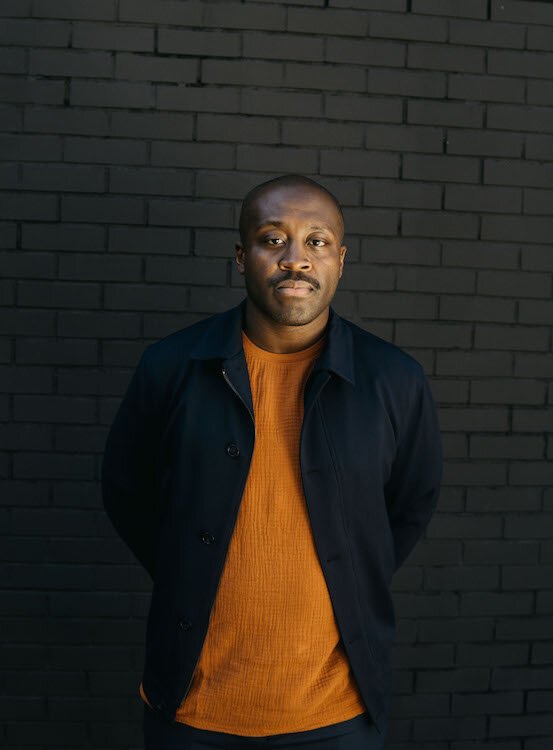
“‘Like’ is like — I have to be mindful of how that’s communicated because it’s not a good or bad thing,” he says.
“Most creative expression, it’s important that we give voice to it if we can. There are things I will inherently respond to, and things that I won’t respond to. But it’s my job as a curator to look at the climate, look at the opportunity, and put together the best mix of artworks that are going to elicit a conversation and a dialog. And sometimes I choose a work that I normally wouldn’t respond to if there’s an opportunity for me to learn and grow. And also help the audience to learn and grow.”
“Sometimes that can be as simple as material use.”
For example, quilts. Ossei-Mensah juried a show at the Lyndon House Arts Center in Athens, Ga., and had a surprising amount of quilt and other fabric submissions.
“It’s not something I jump to. But we might have had 30 submissions in that form so, obviously, there’s a community of quilters here, I’d be stupid not to acknowledge that,” he says.
As a curator, “you bring your insight, you bring your tastes, you bring your point of view, but you have to remove your ego. It’s not about me, it’s about what’s going to be the best possible grouping that’s going to acknowledge artistic production in the region.”
Surprise and delight
He’ll be removing his ego when he gets to see what west Michigan sends him.
He also wants the KIA show to be enjoyable for locals here because if COVID recovery goes as expected, it might be the first art show they’ll get to see up-close and in-person, he says. “Going to see this show is going to be an outing. And this outing needs to be enjoyable because for some people they haven’t been able to socialize, go out.”
“There has to be some surprise and delight, because you’ve pretty much packed up your car with your friends or your family, and said, we’re going to spend a couple hours at the KIA to see what West Michigan has to offer us.”
He hopes we can all see art in our local museums soon.
“Nothing’s going to take away from physically seeing art. There’s just a sensation and a vibration that an actual artwork gives you,” he says.
Art had to go digital in March 2020. Art “online, on Instagram, as NFT’s, I think that they’re all valid, but nothing’s going to take away from the physical experience for me.”
He feels that NFTs are valid?
NFTs, such as a JPEG by artist Beeple that sold for $69 million, have been in the news lately. They include a “non-fungible token” which renders the file into a one-of-a-kind piece on the blockchain — though just as one can see a photo of the Mona Lisa, one can see a copy of an NFT (just without the unseen code).
It’s not easy to explain, Ossei-Mensah says. “Part of the issue is that there’s been an over-simplification of what it is. I think the mechanism is definitely not going anywhere because there’s too much money involved.”
“I look at it as a compliment (to physical art), not as a replacement,” he says. “It’s one of those things that, it’s your natural inclination to reject it. You see people selling for $69 million, but that’s an anomaly. You definitely have to judge the quality of NFT art that’s out there.”
He feels that NFTs are a valid art form in modern culture, since “we spend about 50% of our time on these digital devices, right?”
As a curator, he asks himself, “How can I utilize this format to elicit dialog and conversation? And then bring in a new community of folks who are interested in the arts but don’t feel it’s something for them.”
“But I try not to get distracted by the numbers because I got people who are like,” he then says in a disgusted voice, “‘Oh! I just saw someone make a million bucks off a JPEG!’ It’s not that simple.”
He adds that, due to the way the blockchain (NFT code, related to the world of bitcoin) works, the artist can “retain royalties in perpetuity for the existence of that object.” Historically, if an artist sells their physical work, they’re most likely not going to see any money if it’s resold at a higher price, he says.
No walls
“As someone who’s self-taught, I’m always conscious of not becoming too much ‘of it’, because then you begin to put up these walls, and you’re not open to something that potentially could advance the ecosystem.”
That’s why he’s the juror for the KIA this year, “because we (in the art world) are not thinking of western Michigan as a hotbed for art, but there are artists there. My hope is that, through doing this project, I discover five or ten artists who I can either directly work with or I could refer to other colleagues.”
“I do these projects as a reminder not to put these walls up and think that, like, you have to be in New York (to be an artist). If COVID’s taught us anything — you don’t have to be anywhere, physically, you can be in Michigan, you can be in — I’m doing a project in Memphis in July — Memphis, Tenn.”
It doesn’t matter where the art is from, who is creating it, or what form it takes — for Ossei-Mensah, his mission is only to “constantly look and discover.”
The West Michigan Area show will be at the KIA from June 5 – Sept. 5.
Currently, the KIA is open Fridays and Saturdays. For the West Michigan Area Show the KIA expects to be open Fridays-Sundays. Walk-ins are accepted, but they ask when possible that people use their website to reserve a time slot. For more information click here.
The deadline for artist’s submissions has passed.

